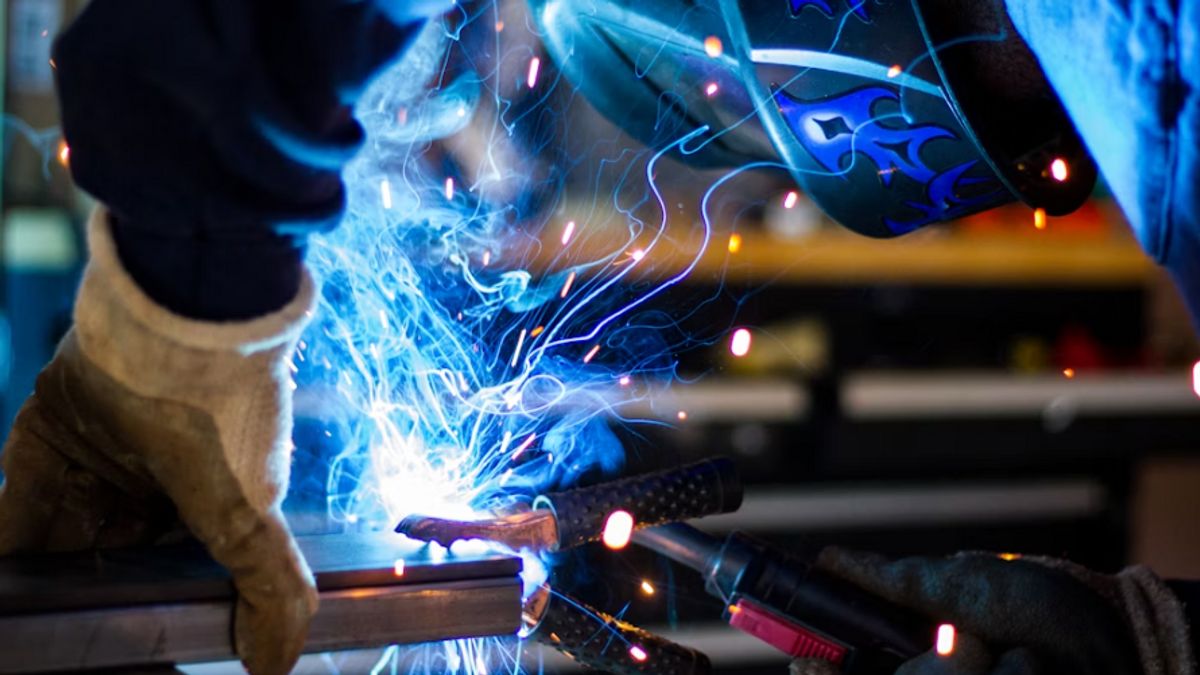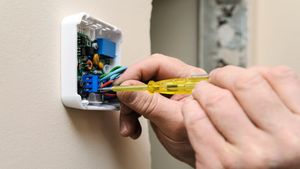YOGYAKARTA Knowing the various welding techniques will help understand how two or more materials work. Each material has different welding techniques. This article will provide information about welding techniques.
Reporting from arcweldingservices, each material has an welding technique depending on the material to be connected.
Steel materials are widely used in the industry. This material welding is also often done. To connect steel materials, here are welding techniques that can be used.
This technique is commonly called stick welding. Often used in steel materials with different thicknesses. This welding uses layered electrides that melt and create protective gases to protect the seniors from contaminants.
This welding is used to weld thin to moderate steel. This welding uses wire electrodes.
Almost similar to the MIG welding, the welding of a flux-entiated bow using a tubular electrode that is fed sustainably.
Unlike steel welding, aluminum welding is quite tricky because it is unique in nature, so special techniques are needed.
This welding is very popular for aluminum material. Using aluminum wire rolls and gas such as argon or argon and helium mixtures. Before welding, it must clean the material surface to prevent wire contamination.
This technique is used because it is quite precise and can be used in thin aluminum. Using tungsten electrodes that do not catch fire, and protective gases.
SEE ALSO:
This material welding is often done. This material was chosen because it is resistant to corrosion so that the metal is more durable.
This technique is widely used for stainless steel which is more precise with clean results. To do so, it takes an unburned tungsten electrode of protective gas sera such as argon. This technique provides good heat control and minimizes the risk of contamination.
This technique can also be used on stainless steel, especially on the thick side. This technique involves the use of electrodes with appropriate low carbon content and proper cleaning before and after welding to maintain the resistance of stainless steel corrosion.
When welding, wire thickening can be done with various techniques. The following is a common technique and is safe to use.
As the name suggests, this technique is carried out with a forward direction from behind. The advantage of this technique is that gas becomes more efficient.
This technique is carried out in a straight backward direction. The impact of burning that occurs on this technique is quite deep.
That's information related to various welding techniques. Visit VOI.id to get other interesting information.
The English, Chinese, Japanese, Arabic, and French versions are automatically generated by the AI. So there may still be inaccuracies in translating, please always see Indonesian as our main language. (system supported by DigitalSiber.id)


















